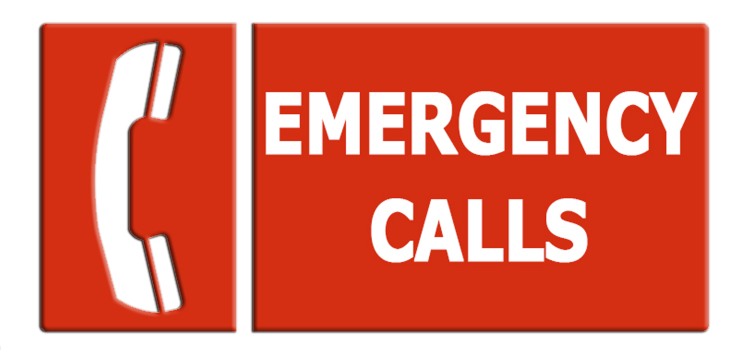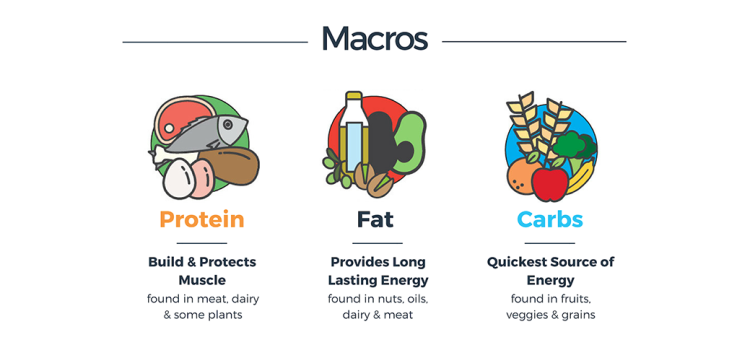
Communities are the backbone of our society, and it’s important that every member has access to justice and equality. Unfortunately, this isn’t always the case. Many communities, especially those of color, face a lack of legal representation and resources that can make it difficult to fight for their rights. This is where a legal advocate comes in. In this blog post, we’ll explore why every community needs a legal advocate for justice and equality. We’ll discuss how they can help you seek justice when you need it most and why the fight for equality is ongoing. So buckle up as we dive into this important topic!
The Lack of Legal Representation Affects Communities of Color
Communities of color often face systemic inequalities that make it difficult for them to access justice. One of the biggest hurdles they face is a lack of legal representation. Without adequate resources, individuals and communities may not be able to afford quality legal assistance when they need it most.
This can have serious consequences for their rights, both in terms of individual cases and broader issues affecting their community as a whole. For example, if a member of the community experiences police brutality or discrimination at work, without proper representation they may struggle to hold those responsible accountable.
Furthermore, even when communities do seek out legal help, they may find themselves facing additional biases within the justice system itself. This can compound existing disparities and create an unfair playing field for those already struggling against systemic oppression.
It’s clear that addressing this issue is crucial for ensuring equal treatment under the law for all members of our society. By providing more accessible and affordable legal support to communities of color, we can begin to level the playing field and ensure everyone has fair representation when navigating complex legal systems.
A Legal Advocate Can Help You Seek Justice
When individuals face legal issues, it can be overwhelming and intimidating. This is especially true for those who come from marginalized communities that have historically faced discrimination and unequal treatment within the justice system. The lack of trust in the legal system also plays a role in preventing individuals from seeking justice when they have been wronged.
This is where having a legal advocate on your side can make all the difference. A legal advocate has years of experience navigating the complexities of the legal system, making them invaluable allies for those who may not know where to turn or how to proceed with their case.
A legal advocate will work tirelessly to ensure that you receive fair representation and just outcomes. They help clients understand their rights, assist with filling out paperwork, represent them in court proceedings, negotiate settlements or plea deals on their behalf, among other services.
Moreover, a legal advocate understands firsthand what it’s like to fight against systemic injustices while representing underrepresented communities. They are more than just lawyers; they are advocates for social change who work towards creating a world where everyone has access to equal justice regardless of one’s race, gender identity or socioeconomic status.
In short, having a legal advocate means being supported by someone who is committed to fighting alongside you every step of the way towards obtaining justice and equality under the law.
Equality is a Constant Struggle
Equality is something that we all strive for, but unfortunately, it’s not always easy to achieve. Despite the progress that has been made over the years, there are still many obstacles in the way of true equality.
One of the biggest challenges is overcoming systemic biases and discrimination. These issues can be deeply ingrained in our society and can take a lot of effort to address. It requires us to challenge our own beliefs and biases and work towards creating a more equitable world.
Another obstacle is addressing inequalities that arise from economic or social disparities. For example, people with fewer resources may face greater barriers when it comes to accessing education or healthcare.
It’s also important to recognize that achieving equality isn’t a one-time event – it’s an ongoing process. As society changes and evolves, new forms of inequality may emerge that need to be addressed.
Despite these challenges, however, it’s crucial that we continue working towards creating a more just and equitable world for everyone. By supporting legal advocates who fight for justice on behalf of marginalized communities, we can help ensure that everyone has equal access to opportunities and protections under the law.
Conclusion
Having a legal advocate for justice and equality is crucial for every community. Communities of color often suffer from a lack of legal representation, resulting in unjust treatment and systemic inequalities. A legal advocate can help individuals seek justice through legal means and hold those who abuse their power accountable.
Equality is an ongoing struggle that requires constant effort to achieve. Individuals alone cannot fight against systemic oppression, but with the guidance of a legal advocate, communities can strive towards greater social justice. By working together to create meaningful change through activism and policy reform, we can build more equitable societies where everyone has access to the same opportunities regardless of race or socioeconomic status.
In short, investing in a qualified legal representative is not only beneficial for individuals seeking fair treatment but also necessary for creating lasting change within our society as a whole. We must continue to prioritize equal rights under the law if we hope to build stronger communities that thrive on diversity and inclusivity.

















